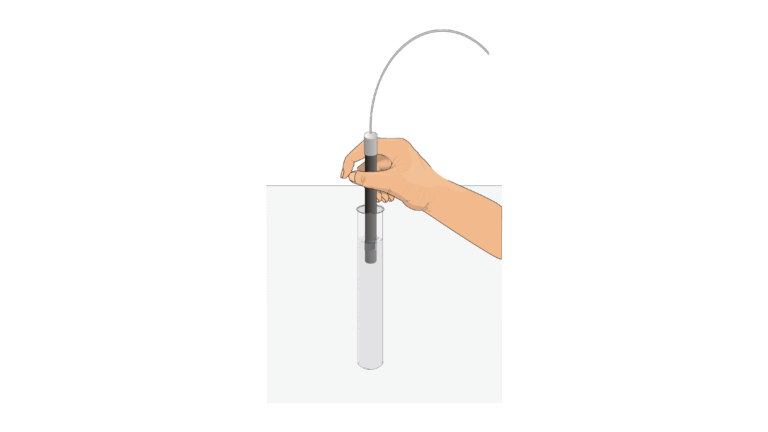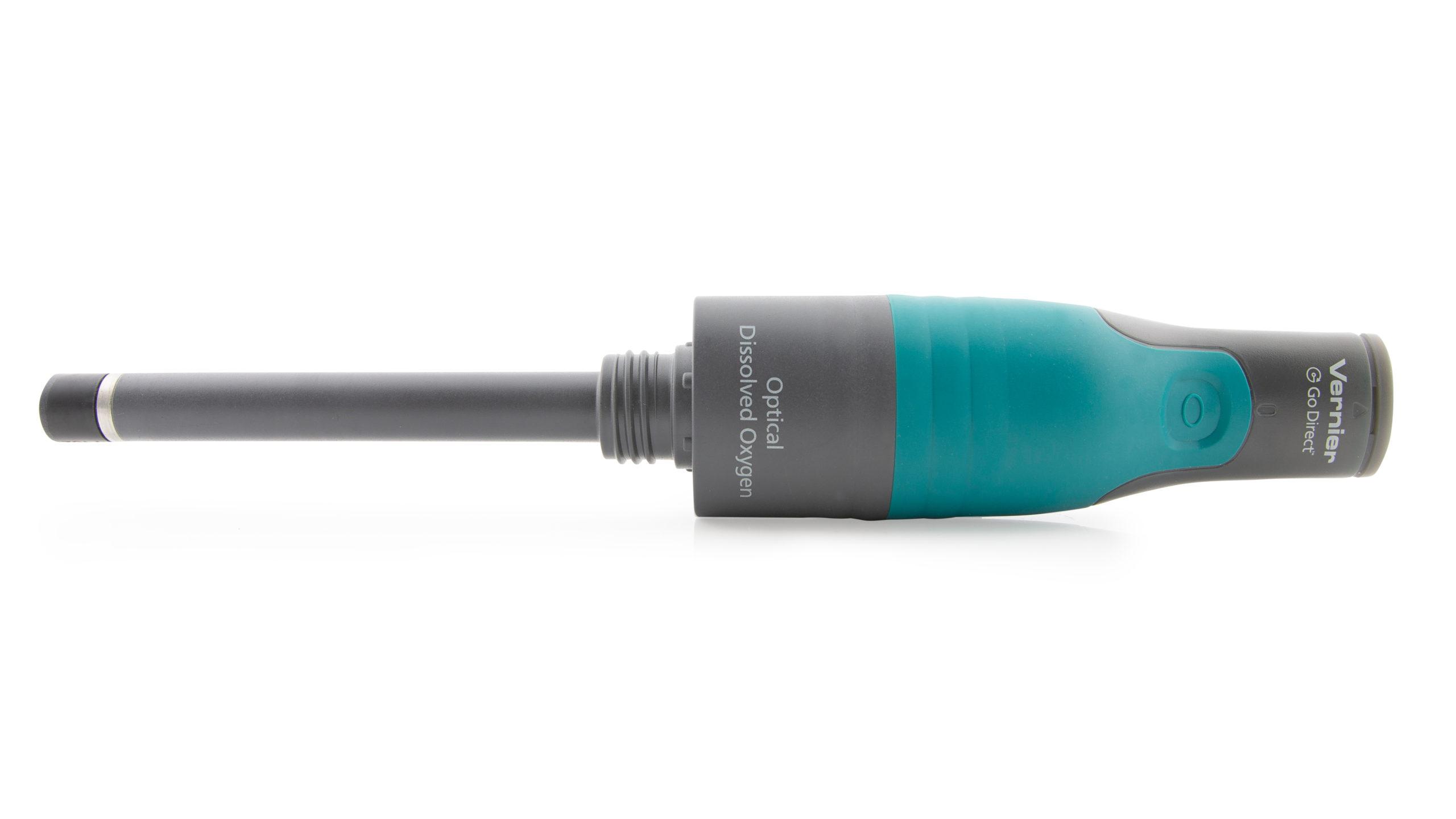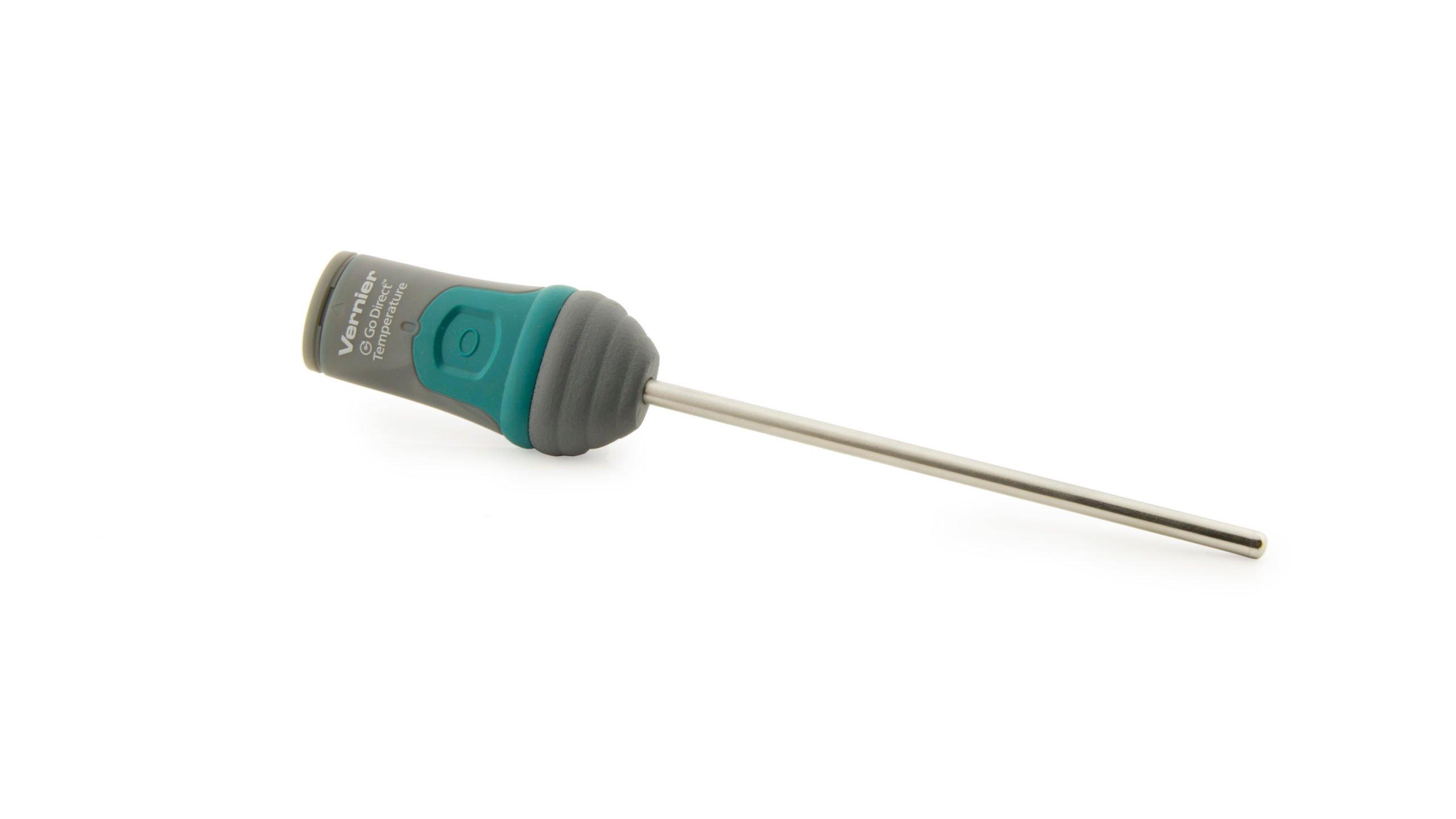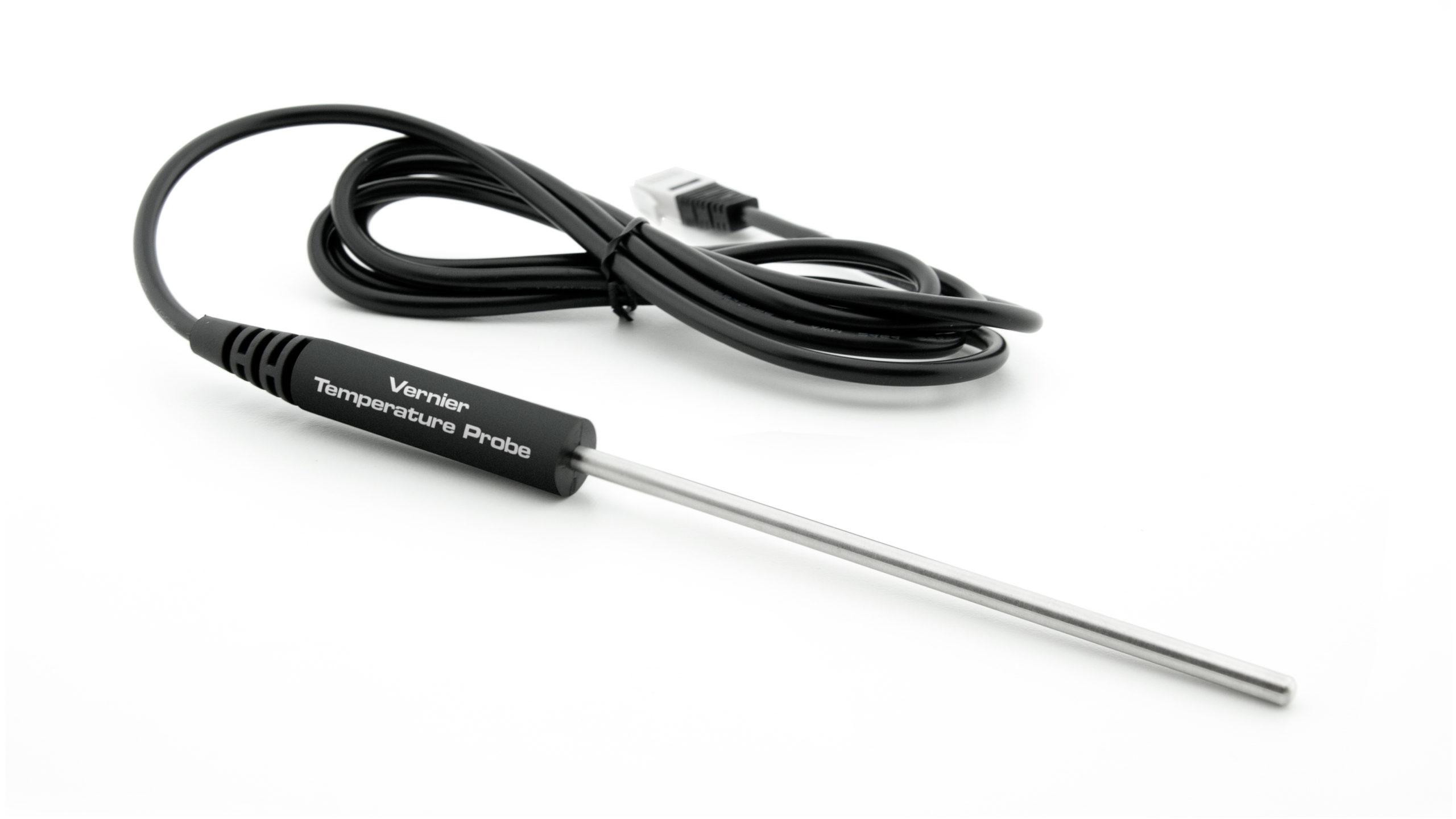
Introduction
Aerobic cellular respiration is the process of converting the chemical energy of organic molecules into a form immediately usable by organisms. Glucose may be oxidized completely if sufficient oxygen is available, by the following reaction:
All organisms, including plants and animals, oxidize glucose for energy. Often, this energy is used to convert ADP and phosphate into ATP. In this experiment, the rate of cellular respiration will be measured by monitoring the consumption of oxygen gas.
Many environmental variables might affect the rate of aerobic cellular respiration. Temperature changes have profound effects upon living things. Enzyme-catalyzed reactions are especially sensitive to small changes in temperature. Because of this, the metabolism of ectotherms, organisms whose internal body temperature is determined by their surroundings, are often determined by the surrounding temperature. In this experiment, you will determine the effect temperature changes have on the aerobic respiration of yeast.
Objectives
In this experiment, you will
- Measure changes in dissolved oxygen concentration.
- Study the effect of temperature on cellular respiration.
- Make a plot of the rate of cellular respiration as a function of temperature.
Sensors and Equipment
This experiment features the following sensors and equipment. Additional equipment may be required.
Correlations
Teaching to an educational standard? This experiment supports the standards below.
- International Baccalaureate (IB) 2025/Biology
- B2.2.4—Adaptations of the mitochondrion for production of ATP by aerobic cell respiration
- B4.2.2—Differences between organisms that are obligate anaerobes, facultative anaerobes and obligate aerobes
- C1.2.4—Cell respiration as a system for producing ATP within the cell using energy released from carbon compounds
- C1.2.6—Variables affecting the rate of cell respiration
- C4.2.8—Heterotrophs as organisms that use carbon compounds obtained from other organisms to synthesize the carbon compounds that they require
- C4.2.9—Release of energy in both autotrophs and heterotrophs by oxidation of carbon compounds in cell respiration
Ready to Experiment?
Ask an Expert
Get answers to your questions about how to teach this experiment with our support team.
- Call toll-free: 888-837-6437
- Chat with Us
- Email support@vernier.com
Purchase the Lab Book
This experiment is #17 of Biology with Vernier. The experiment in the book includes student instructions as well as instructor information for set up, helpful hints, and sample graphs and data.





